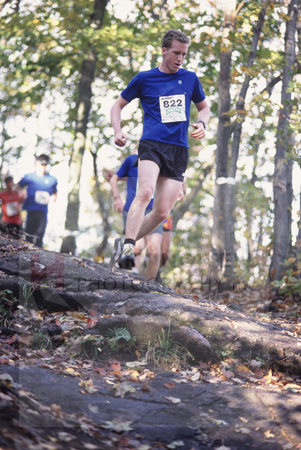Exposed! :: The Mighty Gray Card ::
© Copyright 2012. All Rights Reserved.
Contents
"Manual Exposure mode is scary!!"
It is scary!!
But manual exposure mode can also help you create exceptional photos where auto modes make mud.
The key to photos that show you in the best light is the mighty gray card. Yes, this little unassuming expensive piece of cardboard has the power to make you a better photographer.
In this month's edition of exposed! we look at the magic of gray. There's a contest too and a prize to be won, too!

Without intervention, white snow will fool the camera!
"The gray card? But I shoot in colour..." Doesn't matter. Below we look at what's so colourful about gray, why it's important and how to use it to get better photos.
While auto exposure modes are way easier to use to capture photos they are not always the best at getting GOOD photos. If the lighting is tricky or if there is predominantly white or black in the scene, auto exposure modes will give badly exposed photos.
While the scope of teaching manual exposure mode is outside the scope of this simple newsletter - we teach it in Creative Fundamentals - we do have time to explain the ideas that create well-exposed photos. And that starts with the gray card.
The gray card, technically, has a tone of "18% gray." This means it is mid-way from pure black (dark tone) and pure white (bright tone).
Tone is different than colour. Colour incorporates reds, greens, blues. Tone is the black and white version of colour.
Now, all cameras since cameras had light meters have measured the quantity of light through a reflective meter comparing all levels of light to mid-tone gray.
This also means that all cameras turn all photos to mid-tone gray in auto modes. What that means - in real terms - is your camera will try to make white snow gray (underexposing) and will try to make black suits gray (overexposing).

Without intervention, dark backgrounds will fool the camera!
Using the gray card
Hold the gray card in the same light as your subject and aim your camera at the card. This will now give your camera a correct standard to measure the scene. The gray card helps you get better exposures because it measures the scene's light level in a language the camera understands - gray tones. Get it?
Practical considerations
So practically speaking, if you take a photo of white snow it'll come out gray. But if you use the idea of the gray card to measure the snowy scene you will end up with white snow.
The gray card is cumbersome but there are many things that will work in place of the gray card:
- The back of my hand (my heritage is British and my hands get tanned from working outside) is about mid tone gray. For some people the palm of the hand works better.
- Road surfaces work well.
- Some types of sand will be 18% gray.

Without intervention, mixed lighting like this will fool the camera!
Homework
Put your camera in auto mode and photograph something pure white (a sheet of photocopy paper), mid tone, and pure black (a black brief case?). Make sure there's nothing more than the white, gray or black in the photo and see how the pictures come out. All of them should look gray. Check the histogram.
Now I want you to experiment with setting the exposure (in manual or auto mode) while recognizing that bright elements (white or bright colours) or dark elements (black or dark colours) will fool your meter.
For more help consider Creative Fundamentals photo workshop to help you figure out proper exposures in manual or auto modes!
Pro Perspective
My first ever photo job was photographing ski tourists at the top of Sunshine Village ski resort. I had NO idea what I was doing when I started. One of the other photographers gave me the quickest gray card lesson ever to help me get my exposures correct. Phew, thanks Roger, wherever you are!
Contest
Send us your well-exposed photos of something white - snow, whitewater, wedding dresses - we will choose someone to be featured on the blog ... and there will be a small prize attached!
Final Frame
Take (well exposed) photos
Have fun!



